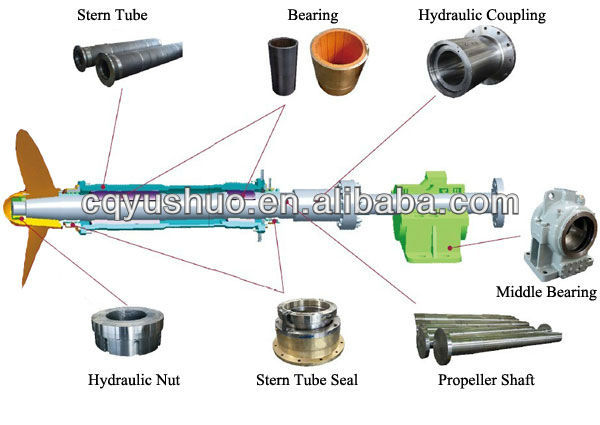Propeller design. in addition, design methods for controllable pitch propellers are presented as well as hydrodynamic methods: calculations with a vortex-lattice method and rans solutions of a propeller with different pitch settings are compared with model tests and with full-scale measurements.. Design and operation criterion is the available bollard pull. the propeller manufacturers are trying to increase the delivered power and the system diameter of the ducted propellers to meet all requirements. this has led to a higher power density of the ducted propeller and to a greater risk of cavitation. that is why the design process. The first of these boats cg 40369 was completed in 1950. rebuilding it to simulate the layout of the proposed 40' design. in 1951. mark i utility boat production the coast guard yard had a requirement to build 125 boats to replace those in service and to meet new requirements..
A propeller design should be initiated only after the design criteria is selected. the design criteria acts as a boundary condition to the propeller design. while designing a propeller various factors should be kept in mind so as to design a very efficient propeller. the following are the factors that help in improving the propeller efficiency. 1.. Propeller during one revolution - assuming there is no “slippage” between the propeller blade and the water. for most boats, there is slippage and therefore the distance advanced is less than the design pitch. the amount of slippage varies from boat to boat. pitch is the second number listed in the propeller description. cupping. Design and performance calculations of a propeller for verh high altitude flight by lisa danielle koch abstract reported here is a design study of a propeller for a vehicle capable of subsonic flight in earth’s stratosphere. all propellers presented were required to absorb 63.4.


Comments
Post a Comment